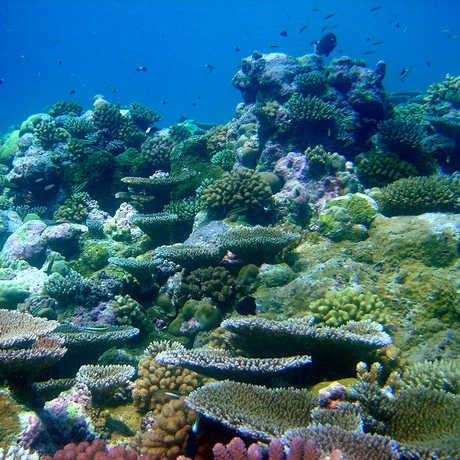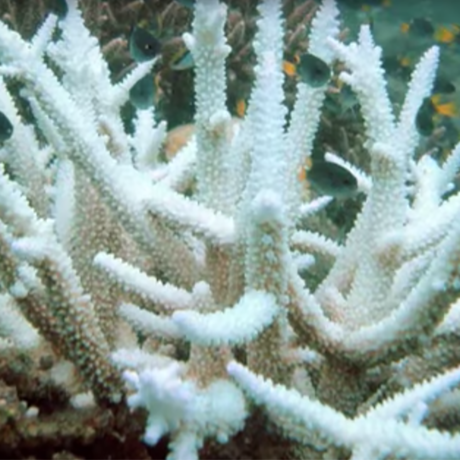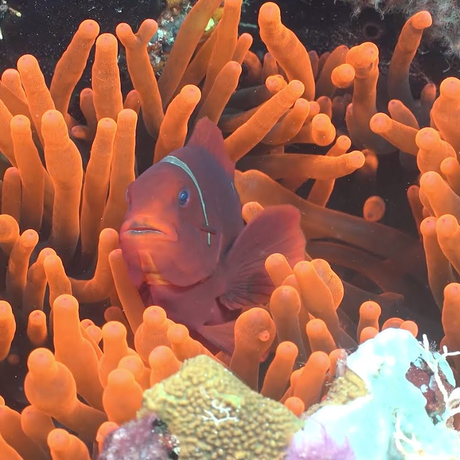Learn the benefit of using videos in the classroom, and browse resources to help you get started.
Grade level: 6-13+
Length: 6.5 minutes
Next Generation Science Standards: MS-LS2.A, MS-LS2.C, MS-LS4.C, HS-LS2.A, HS-LS4.C
Summary
Viewed from the human perspective and in the timeframe of our active daily lives, corals look like little more than underwater landscape—a kind of passive ocean decoration. Most people don’t think of corals as organisms. But they are indeed animals—dynamic colonies of creatures with distinctive, complex, and highly active lives. Among the thousands of known coral species, there’s a tremendous range of diverse behaviors, from locomotion and reproduction to territorial aggression. But because these activities often occur too slowly for us to see in real time—not to mention underwater, where even an observant scuba diver’s time is limited—most have never been documented or studied, especially along the ocean’s deepest reefs. Scientists are now using time-lapse photography to lift the veil on these mysterious creatures, hoping to gain a new level of understanding that will foster greater interest in corals and, by extension, better coral stewardship and conservation.
Video Discussion Questions
- What are corals?
- Why can it be difficult to study corals?
- What tools or instruments do scientists use to try to overcome some of the challenges associated with studying corals?
- Why and how can corals we competitive with each other?
- What is the 'Twilight Zone,' and why do we know very little about it?
- What does it mean for a coral to be 'free-living?' What does this allow the coral to do?
- How do free-living corals deal with the problem of sedimentation in the Twilight Zone?
- How is the physical environment of a shallow coral reef different from that of a deep reef?
- Are shallow reefs and deep reefs connected to each other? If so, how?
- What are some things you were able to see happen in the time lapse videos that you probably wouldn't otherwise be able to see?



